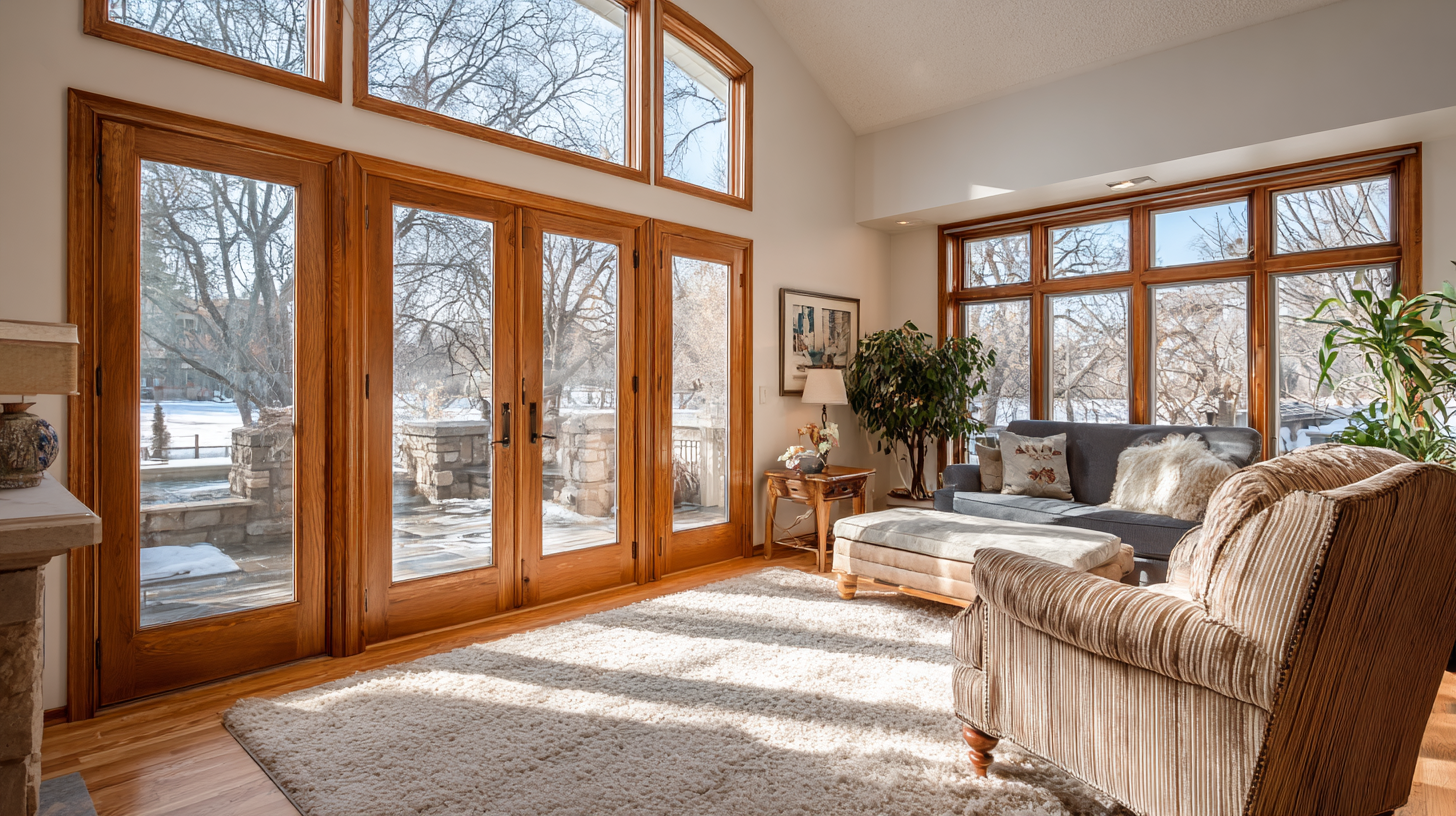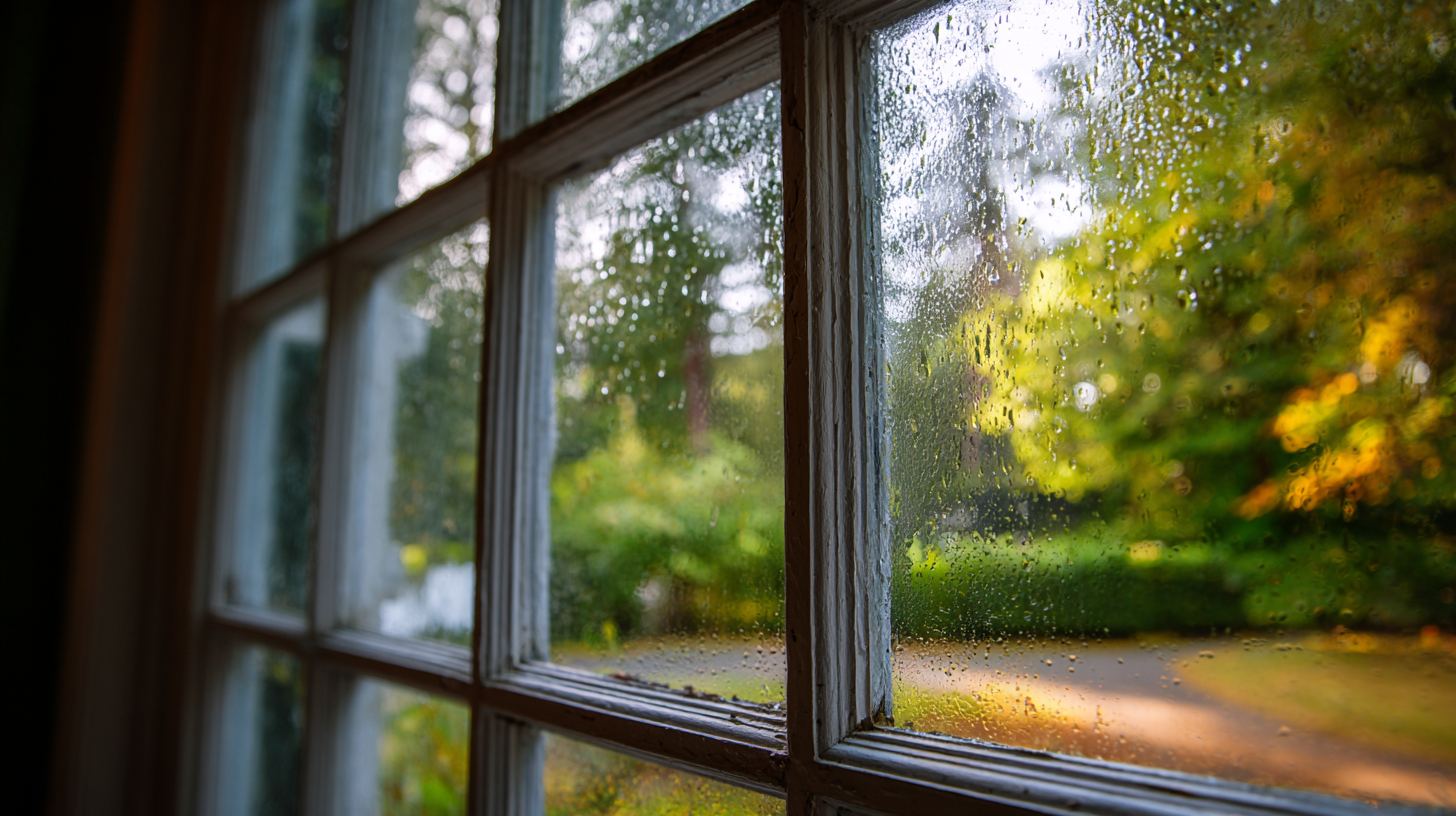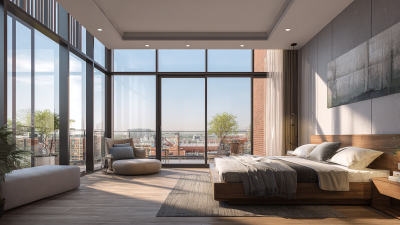Top Signs It's Time for Home Windows Replacement: A Homeowner's Guide
When it comes to maintaining the integrity and comfort of your home, few factors are as crucial as the condition of your windows. As a homeowner, understanding the signs that indicate the need for home windows replacement is essential to ensuring energy efficiency, safety, and aesthetic appeal. Windows are not just functional elements of a house; they play a significant role in insulation, noise reduction, and enhancing curb appeal.

Over time, wear and tear, weather exposure, and technological advancements can render your existing windows less effective, leading to increased energy costs and potential safety risks. In this guide, we will explore the top signs that suggest it may be time to consider home windows replacement, empowering you to make informed decisions about your home's maintenance and upgrades while enhancing your living experience.
Signs Your Home Windows May Be Failing: Key Indicators to Watch For
When it comes to ensuring your home stays comfortable and energy-efficient, paying attention to the condition of your windows is crucial. There are several key indicators that may suggest your windows are failing. For instance, drafts and fluctuating temperatures in your home often signal a breakdown in insulation. According to the U.S. Department of Energy, poorly insulated or old windows can account for up to 25-30% of residential heating and cooling costs. If you're feeling unexpected drafts during colder months, it could be time to consider window replacement.
Another telltale sign of window failure is visible condensation or fogging between the panes. This phenomenon suggests that the seals are compromised, leading to reduced energy efficiency and increased moisture levels within your home. A report from the National Fenestration Rating Council emphasizes that windows losing their integrity can significantly impact indoor air quality and comfort levels. In addition, if you notice any peeling, warping, or stained window frames, these physical signs can indicate both aesthetic and functional deterioration, making it essential to evaluate whether a replacement is necessary.
Assessing Energy Efficiency: How Old Windows Impact Your Utility Bills
Old windows can significantly impact a homeowner's utility bills, making it essential to assess their energy efficiency. Over time, windows can deteriorate due to wear and tear. If you notice drafty areas around your windows or find that your indoor temperature fluctuates more than it should, it’s a sign that your windows may not be performing effectively. Inefficient windows allow conditioned air to escape, forcing your heating and cooling system to work harder, leading to increased energy costs.
Furthermore, the age and technology of your windows play a crucial role in their efficiency. Windows that are over 15 years old often lack modern energy-saving features, such as double or triple glazing and Low-E coatings. These advancements help to reduce heat transfer, keeping your home warmer in the winter and cooler in the summer. Evaluating the performance of your windows can lead to noticeable savings on your utility bills and contribute to a more comfortable living environment.
Visual Inspection Checklist: Identifying Common Window Damages
When assessing whether it's time to replace your home windows, a thorough visual inspection is essential. Begin with a close examination of the window frames and sills. Look for signs of rot, warping, or deterioration, which can indicate moisture damage. Cracks or gaps in the caulking might also allow drafts to seep in, compromising your home's energy efficiency.

Additionally, check the glass panes for any signs of condensation between the layers. This is often a sign that the seal is broken, leading to decreased insulation and potential mold growth. If you notice excessive fading of your furnishings or flooring, it may be a clue that your windows are not efficiently filtering sunlight.
Tips: Regular maintenance can extend the lifespan of your windows. Clean the frames and tracks to prevent dirt buildup and ensure smooth operation. Consider applying a protective UV film to your windows to enhance their longevity and improve energy efficiency. If you notice any major issues, consult a professional for further evaluation to avoid costly repairs down the line.
Understanding Window Lifespan: When Replacement Becomes Essential
Windows play a crucial role in a home’s energy efficiency and aesthetic appeal, but like any other feature, they have a limited lifespan. On average, traditional windows last between 15 to 30 years, depending on their quality and the materials used. Over time, exposure to the elements can cause significant wear and tear, leading to issues such as drafts, condensation between panes, and difficulty opening and closing windows. Recognizing these signs is essential for homeowners to avoid escalating energy costs and maintain a comfortable living environment.
As windows near the end of their lifespan, homeowners may notice diminished energy efficiency, which can manifest as fluctuating indoor temperatures and higher utility bills. Old windows often lack the insulation properties of newer models, making it necessary to consider replacement. Additionally, aesthetic factors such as fading, chipping paint, or damaged frames also signal that it may be time for an upgrade. Investing in new windows not only enhances the home’s curb appeal but also contributes to long-term energy savings and improved comfort.
Signs It's Time for Window Replacement
This chart displays the common signs indicating the need for window replacement based on average lifespan data and homeowner experiences.
Exploring Replacement Options: Types of Windows to Consider for Your Home
When considering window replacement for your home, it's essential to explore various types of windows that cater to your needs and preferences. From energy-efficient double-glazed windows to stylish casement options, there are numerous styles available that can enhance both the aesthetics and functionality of your living space. Each type offers unique benefits, such as increased natural light, improved insulation, and enhanced curb appeal, making the decision-making process crucial for homeowners.

In addition to traditional replacement windows, retrofit windows present a cost-effective alternative. These windows are designed to fit into your existing frames, significantly reducing installation costs while maintaining comparable performance to full replacements. This solution not only saves money but also minimizes disruption during the renovation process. Whether you're looking for modern designs or classic options, exploring various window types can provide the perfect blend of style and efficiency for your home project.
Related Posts
-

Exploring the Future of Window Replacements at the 138th Canton Fair in 2025 Insights and Trends
-

7 Essential Features to Look for in the Best Residential Windows
-

Unlocking Potential: The Ultimate Guide to Retrofit Windows for Energy Efficiency and Modern Living
-

How to Choose the Perfect Exterior Windows for Your Home
-

5 Essential Tips for Choosing the Right Window Replacements for Your Home
-

What is the Perfect Window Style for My House? A Guide to Your Options
